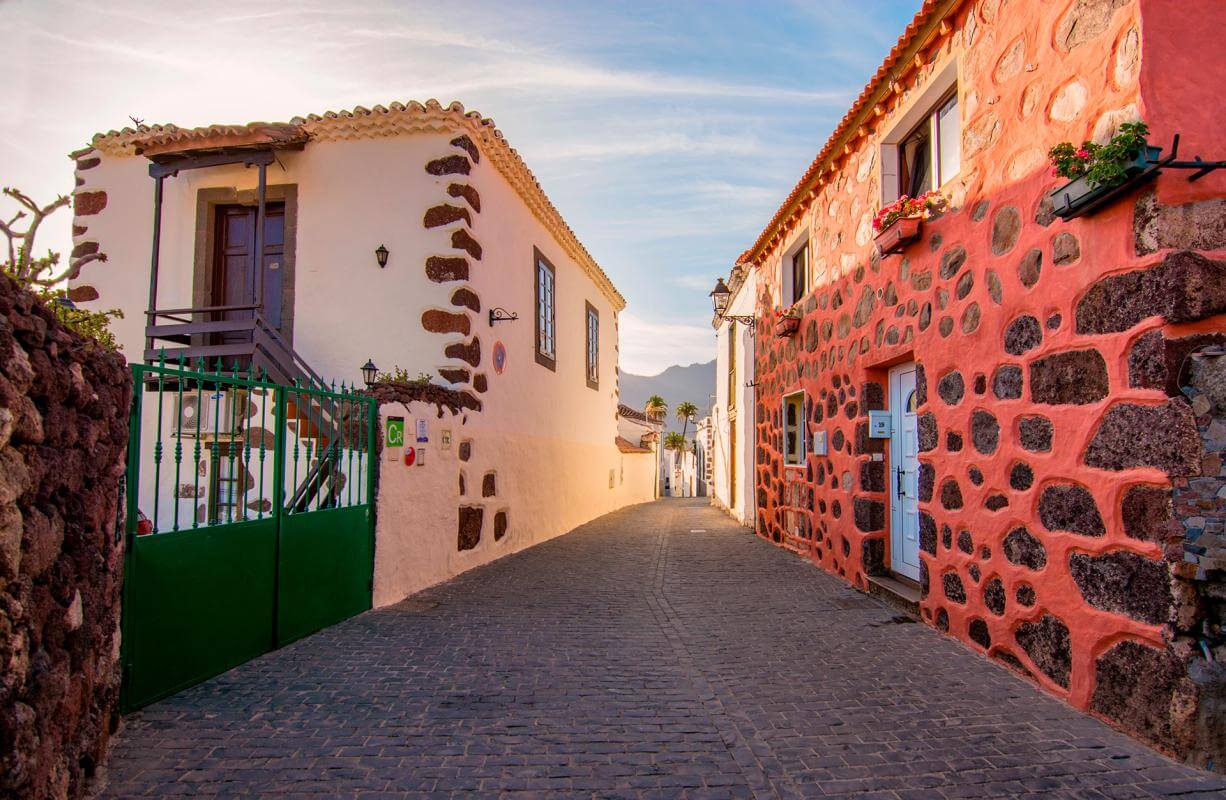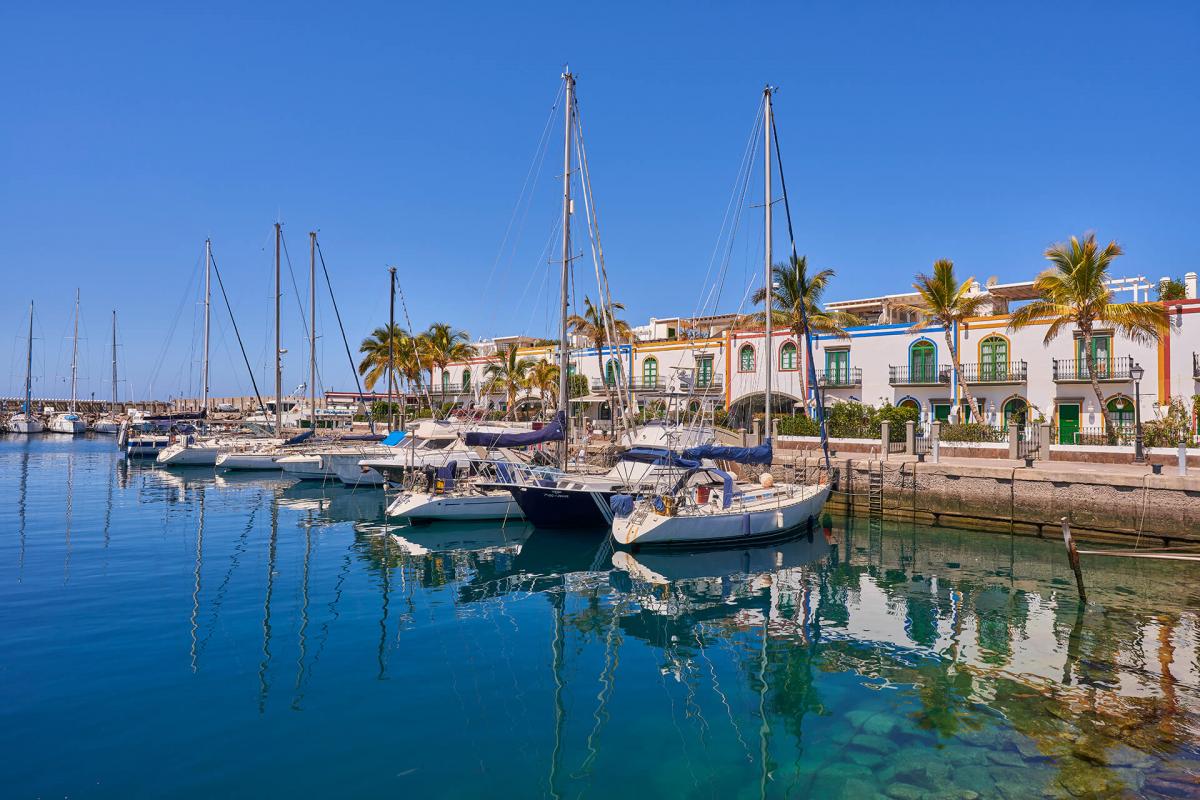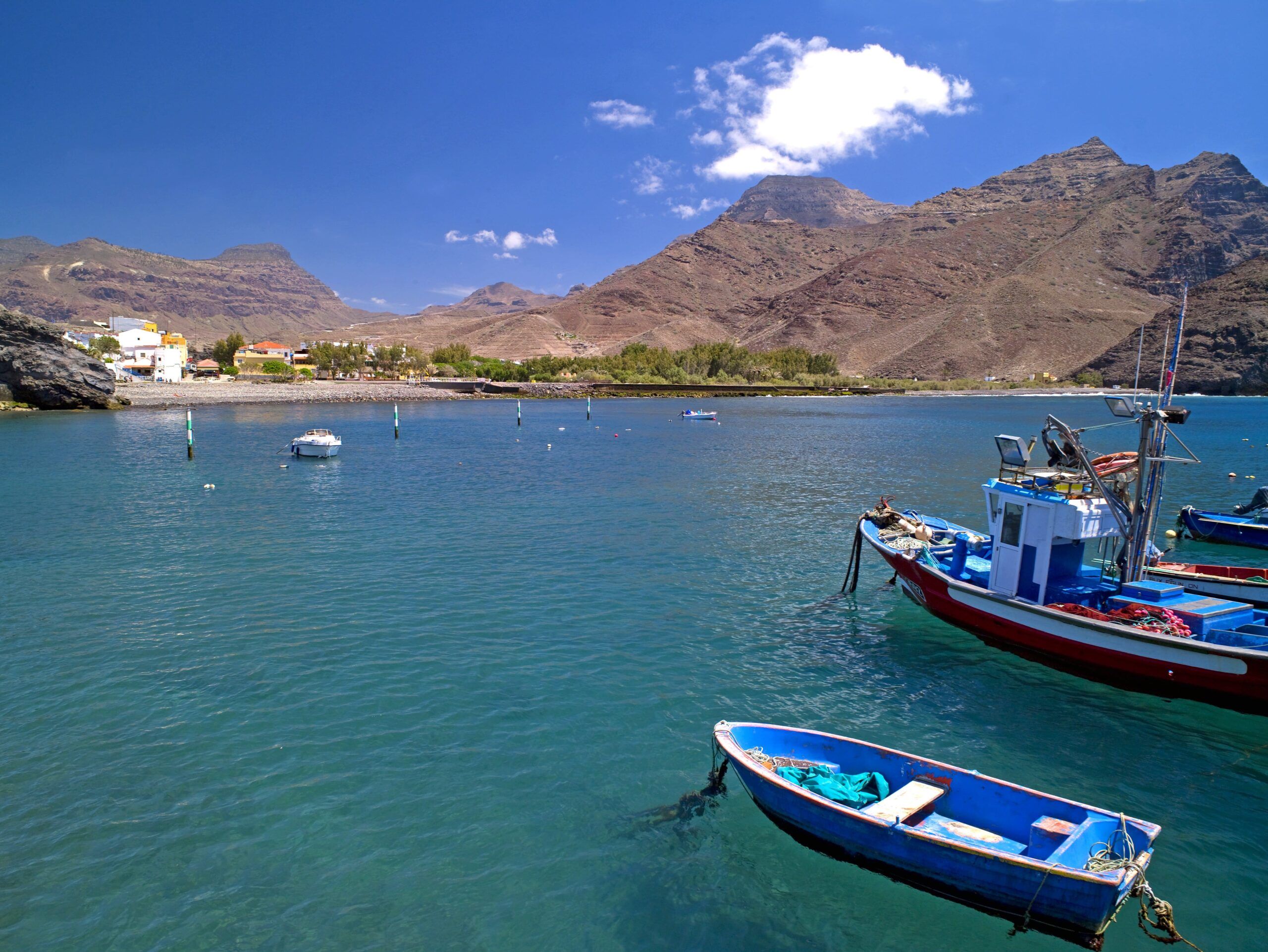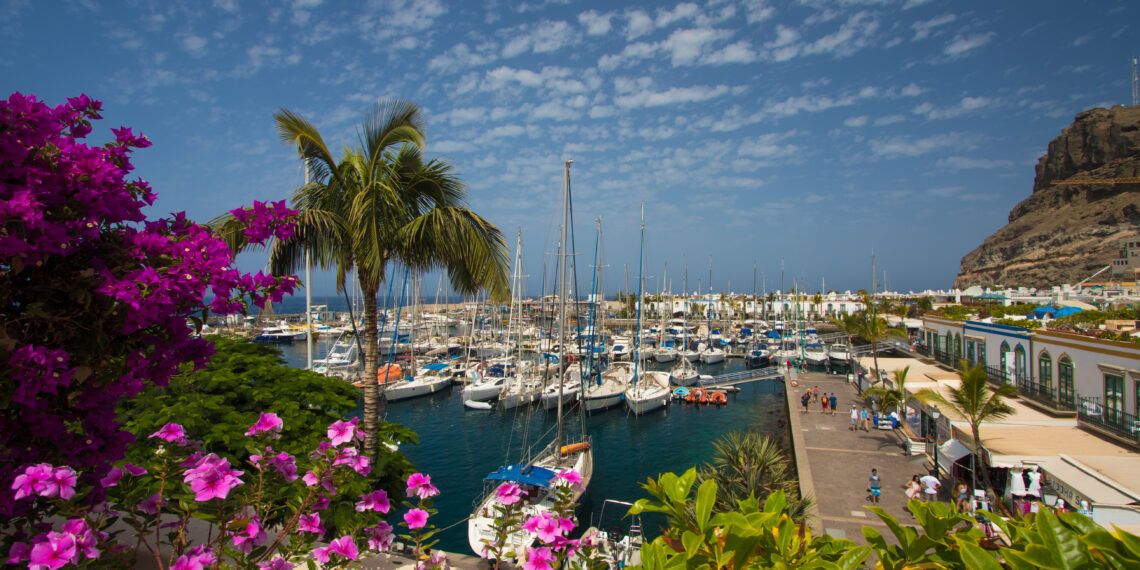Often celebrated for its stunning scenery and year-round temperate climate, Gran Canaria is a treasure trove for travelers seeking both relaxation and adventure. While the island’s southern coast offers endless sunshine and golden beaches, the area away from the coast reveals a rich tapestry of history, culture, and natural beauty.
To truly appreciate all that Gran Canaria has to offer, visitors must embark on the Southwestern Route, a captivating journey that weaves through charming villages, scenic vistas, and cultural landmarks—best enjoyed over at least a week.
Along this route, travelers will experience and savor the unique flavors of Canarian cuisine. Whether it’s sampling fresh seafood in Mogán, enjoying traditional dishes in Santa Lucía, or tasting homemade cheese in La Aldea, each stop guarantees a selection of culinary delights.
Setting Off: Start Your Journey in Santa Lucía
Santa Lucía, the first stop on this remarkable route, is located 51 kilometers from Las Palmas de Gran Canaria. Perched 680 meters above sea level, the town is renowned for its historic and architectural treasures. The Church of Santa Lucía, a stunning example of Canarian stonework, stands as a testament to the island’s religious and cultural heritage.
Close by, Santa Lucía’s Fortaleza El Hao Museum offers a glimpse into the island’s archaeological past. Surrounded by a garden of endemic flora and exotic fruit trees, the museum showcases artifacts from ancient settlements, providing a deeper understanding of Gran Canaria’s pre-Hispanic history. Adventure seekers will appreciate the rugged landscapes of Las Tirajanas Crater, home to picturesque palm groves and panoramic viewpoints like El Guriete.

For those drawn to the sea, Pozo Izquierdo Beach is a windsurfer’s paradise. Hosting the World Windsurfing Championships annually, this beach is perfect for both seasoned windsurfers and curious spectators.
Gastronomy Tip: Those with a sweet tooth must try the traditional gofio and mango cake at Pastelería Neketan. Santa Lucia is also famous for its cheese, tomatoes, and olives. In fact, every December the town holds its annual Olive Festival, where visitors can sample various olive oils and other special treats highlighting the olive.
The Beauty of San Bartolomé de Tirajana: Mountains and Coast
San Bartolomé de Tirajana, the island’s largest municipality, offers a harmonious blend of coastal allure and mountainous grandeur. Located 54 kilometers from the capital, this region spans from the vibrant shores of Maspalomas to the tranquil peaks of Tunte.
Maspalomas is famous for its iconic dunes, a sprawling expanse of golden sands stretching over four-square kilometers. These dunes, alongside the Maspalomas Lighthouse and the Palm Tree Conservancy, form a unique natural reserve, offering breathtaking views and a serene environment for taking leisurely walks.

The old quarter of San Bartolomé de Tirajana, known as Tunte, offers a contrasting experience, with its historic Church of San Bartolomé. Consecrated in 1922, this architectural gem features an impressive altarpiece and a basilica-style floor plan that captivates visitors.
For a blend of adventure and relaxation, the coastal area’s theme parks, golf courses, and wellness centers provide endless entertainment options. Don’t miss the archaeological site of Punta Mujeres, where ancient Canarian architecture offers a glimpse into the island’s distant past.
The Coastal Charm of Mogán
Mogán, situated 93 kilometers from Las Palmas, is a paradise for nautical enthusiasts and beach lovers alike. Its picturesque harbor, Puerto de Mogán, is often dubbed the “Little Venice” of Gran Canaria thanks to its charming canals and vibrant marina. A haven for sailing, the area has numerous options for whale watching and other marine activities.
Mogán’s coastline is dotted with pristine beaches, each with its own unique appeal. From the bustling shores of Playa del Cura and Puerto Rico to the tranquil beauty of Amadores and Taurito, there’s a beach for every preference. Inland, the town of Mogán is home to the historic Church of San Antonio de Padua, boasting a stunning wooden ceiling and peaceful ambiance.

A visit to La Presa de Soria, the island’s largest dam, offers a glimpse into the region’s impressive engineering feats and natural beauty. The surrounding landscape, adorned with Canarian pines and exotic fruit trees, provides a refreshing contrast to the coastal scenery.
Gastronomy tip: Mogán is known for its papaya, mango, avocado, and of course, seafood. Local fishermen from the port of Mogán bring in a wide variety of fish and seafood, the highlight of which is seasonal tuna, which is so prized by the islanders that it carries the label “from Mogán”.
La Aldea de San Nicolás: Immersed in Tradition
The final stop on the Southwestern Route is La Aldea de San Nicolás, a municipality that stretches from the coast to the island’s rugged interior. This area is famed for its unspoiled beaches and rich cultural heritage. The old quarter of La Aldea de San Nicolás showcases traditional Canarian architecture, with historic homes like the Casa del Balcón and the Casa del Corredor, both of which give visitors a glimpse into the past.
The Live Museum offers an interactive experience of Canarian traditions, from breadmaking to goat milking, providing visitors with a hands-on understanding of the island’s rural lifestyle. For a touch of archaeological intrigue, the Los Caserones complex shows pre-Hispanic artifacts, shedding light on Gran Canaria’s ancient civilizations.

Nature lovers will be captivated by the aeroponic crops and diversity of beaches, from the popular Playa de la Aldea to the remote, pristine shores of Güi Güi.
Gastronomy tip: Nestled under towering mountains, the valley in which La Aldea is located produces millions of tons of its famous tomatoes each harvest. They are eagerly consumed by Europeans in salads and tomato sauces. There is also an important cattle ranch that provides milk to make delicious cheeses. The local Aldea diet is rounded out with some fresh fish, fried or boiled in a simmering broth, and topped off with some toasted gofio corn meal.
Practical Tips for the Journey
Renting a car is the best way to fully experience the Southwestern Route, providing flexibility and allowing visitors to explore each stop at their own pace. Accommodations are plentiful along the route, ranging from coastal resorts (e.g., in Maspalomas and Mogán) to charming rural inns (e.g., in Santa Lucía and La Aldea de San Nicolás).
To take full advantage of the experience, visitors should spend at least two days at each stop. Santa Lucía offers a mix of adventure activities and history that can easily fill two days, while San Bartolomé de Tirajana’s mix of mountains and coastal attractions warrants a two- to three-day stay. Mogán, with its stunning beaches and nautical activities, deserves another two days to fully appreciate its charm. Finally, La Aldea de San Nicolás, with its rich traditions and secluded beaches, is best experienced over two days, enough time to soak up the area’s natural beauty and cultural heritage.
Gran Canaria’s Southwestern Route is more than a journey; it is an immersion into the heart and soul of the island. Every moment spent on this route takes visitors one step closer to understanding and appreciating the rich tapestry of Gran Canaria.









